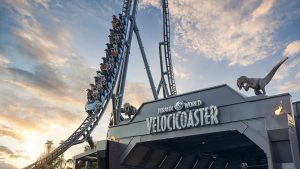In 2012, The Amazing Adventures of Spider-Man got an overhaul, upgrading its projectors to 4K and redoing all of its physical sets and digital animations. Later on this summer, The Incredible Hulk Coaster will be getting its own major refurbishment, replacing its track, upgrading its ride vehicle, and completely redoing its queue and story.
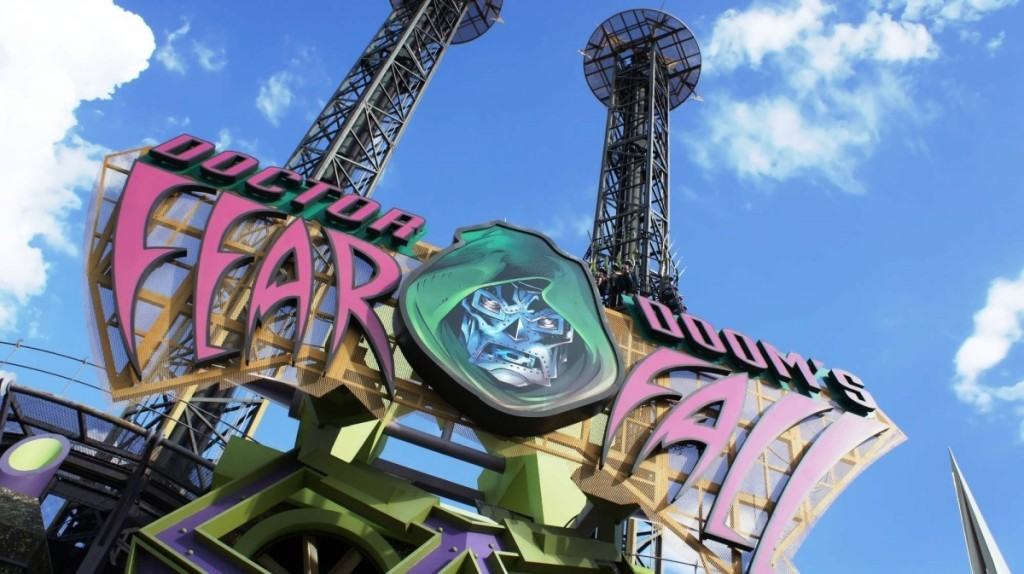
As the revamp of Marvel Super Hero Island continues, that leaves just two more attractions to receive an upgrade: Doctor Doom’s Fearfall, a drop tower, and Storm Force Accelatron, a glorified version of Disney’s Mad Tea Party. There’s an opportunity here to greatly expand the scope of what has unexpectedly become one of the most successful properties that Universal has represented in its parks; even if the company wanted to keep the basic attractions the same, as it has done with its two headliner rides (there needs to be something for smaller kids to enjoy in a superhero-themed area, after all), it can still change out the theme for those characters or teams that are either more appealing to a broader (movie-going) audience or that provide more potential for an immersive experience. And, even better, if Universal wants to replace them wholesale with a brand-new experience (earlier rumors have pointed to an Avengers-themed attraction using Harry Potter and the Escape from Gringotts’s ride vehicle), the new themes will be able to be explored – and exploited – all the more fully.

Luckily for the company, Marvel Entertainment has been recently pushing to have its comics lineup more generally reflect the cinematic universe that has been so dominating the worldwide box office for the past eight years; just last fall, the publisher kicked off the “All-New, All-Different Marvel” initiative, restarting all of its comic book series from issue number one and streamlining all of the various timelines and multiple versions of the core characters into one single reality. With Marvel Comics and Marvel Studios (and Marvel Television) now reaffirming one another, Universal has a wide swath of options to pick from, with each featuring a great deal of free publicity and creative substance.
Here are our three best recommendations.
#3 – Iron Man
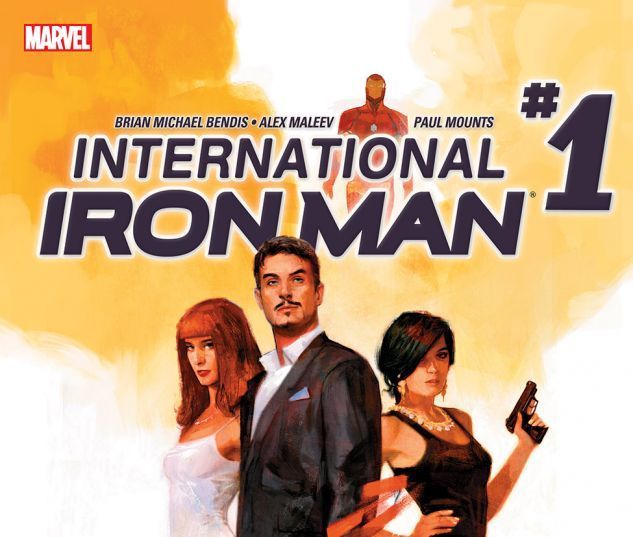
Let’s start with the most obvious one first.
Iron Man is a character that has seen a remarkable amount of interest over the past decade, since his first (and long-awaited) film released in 2008 to universal acclaim and kickstarted the Marvel Cinematic Universe in grand fashion. He has since become the de facto poster boy for both the movie and comic lineups, making Robert Downey, Jr. the highest-paid actor in Hollywood and Iron Man into one of the most-explored, most-three-dimensional characters on the page (you can currently find him in two different monthly comics, an honor usually reserved for the likes of Batman and the X-Men: Invincible Iron Man and International Iron Man).
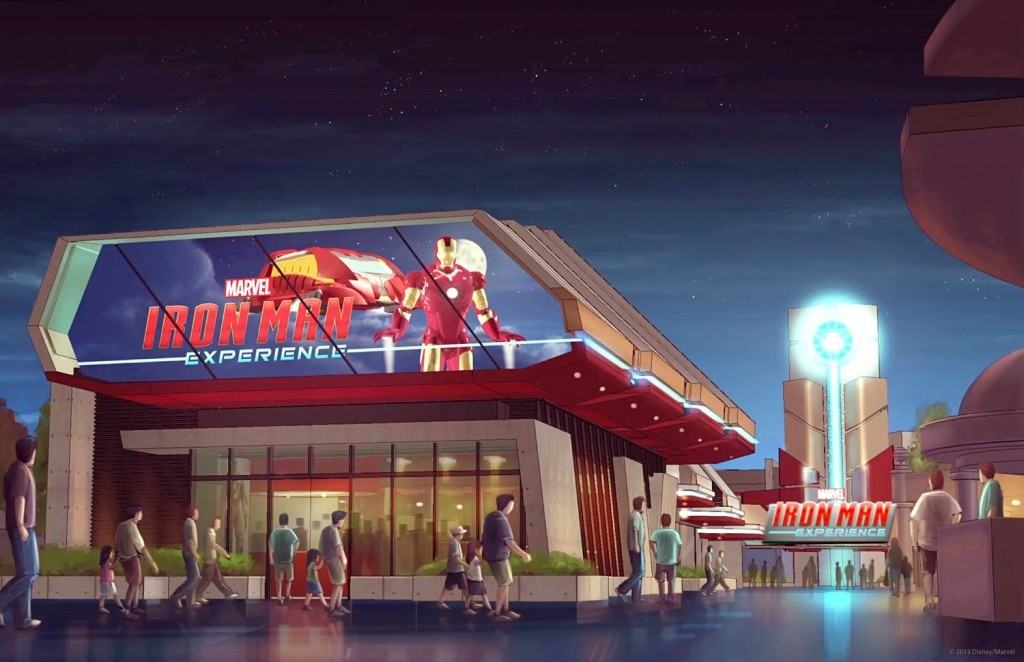
The benefits to including Tony Stark in Marvel Super Hero Island are immense and immediate: he hails from the same originating time period as Spider-Man and the Hulk, making him a natural fit for his theme park neighbors; his enormous street cred would ensure that either Fearfall or Accelatron (or their replacements) would get just as much recognition and visitation as the two marquee attractions in the land; and it would prove to be a counterpunch to Disney, which is currently putting the finishing touches on its Iron Man Experience – its first ride devoted to a Marvel Comics character – over in Hong Kong Disneyland.
#2 – The Inhumans
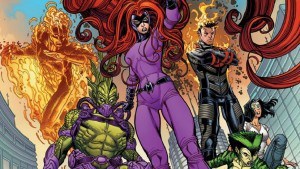
Bear with me for a second on this one.
Marvel Studios, the movie arm of the mighty Marvel empire, doesn’t own all the rights to all of its various characters; most notably, both the X-Men and the Fantastic Four still belong to 20th Century Fox, a company that Marvel has historically had a hostile relationship with (unlike Sony, which just recently agreed to share the cinematic rights to Spidey with Marvel/Disney). This has led Marvel Comics to try and downplay the many, many X-related properties as much as humanly possible (and even caused it to disband the Fantastic Four altogether, dispersing its members to various other superhero teams) – and to try and replace the mutants that make up the X-Men with another long-standing sub-species of superpowered individuals, the Inhumans.
(It’s easy to see how Marvel can replace the one with the other – the Inhumans are the descendants of primitive humans who were abducted by one of the many alien races that populate the cosmic side of the Marvel Universe in order to function as powerful shock troops in their endless interstellar wars. Although the practice was given up long ago, their DNA continues to be passed on and, once activated, continues to provide various superpowers, which makes the Inhumans just as hunted and feared as the mutants.)
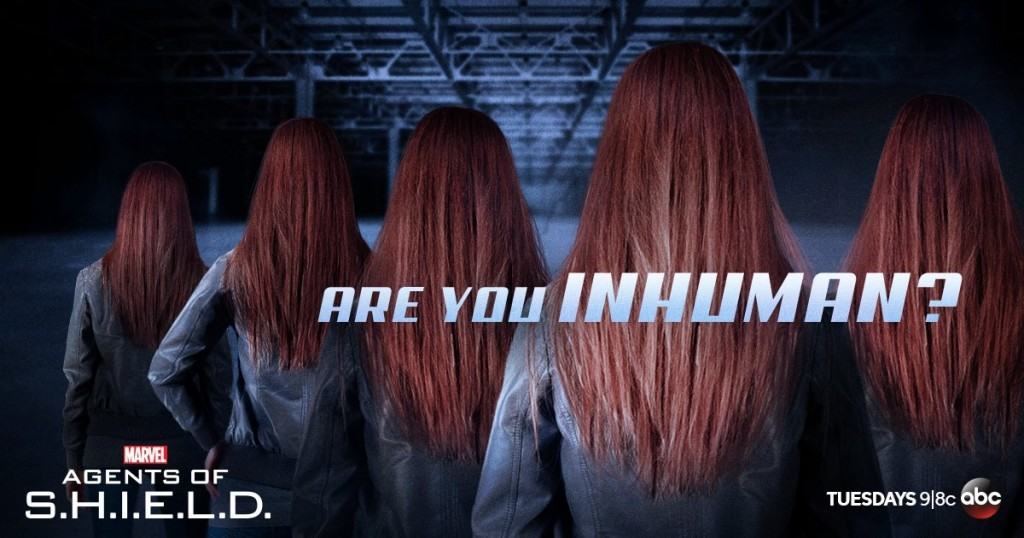
This initiative has already started to infiltrate the Marvel Cinematic Universe, with the television series Agents of SHIELD establishing the concept of the alien-engineered humans across all three of its past seasons and with a full-fledged Inhumans movie scheduled for release sometime in the early 2020s. Given that these individuals are just now emerging from their hidden kingdom and seeking equal rights in the Marvel Universe, it provides enough creative and commercial material for Universal Creative to work with.
And if the two global corporations of Disney and Universal wanted to turn a page in their frosty relationship and begin a new era of cooperation, they could easily split this particular part of the Marvel license: Disney could keep the X-Men for use in their Orlando parks while Universal would use the more-crossover-worthy Inhumans. (Want an extra wrinkle? Some of the characters cross over themselves, such as Beast, who just recently left the X-Men for the Inhumans.)
#1 – The Ultimates
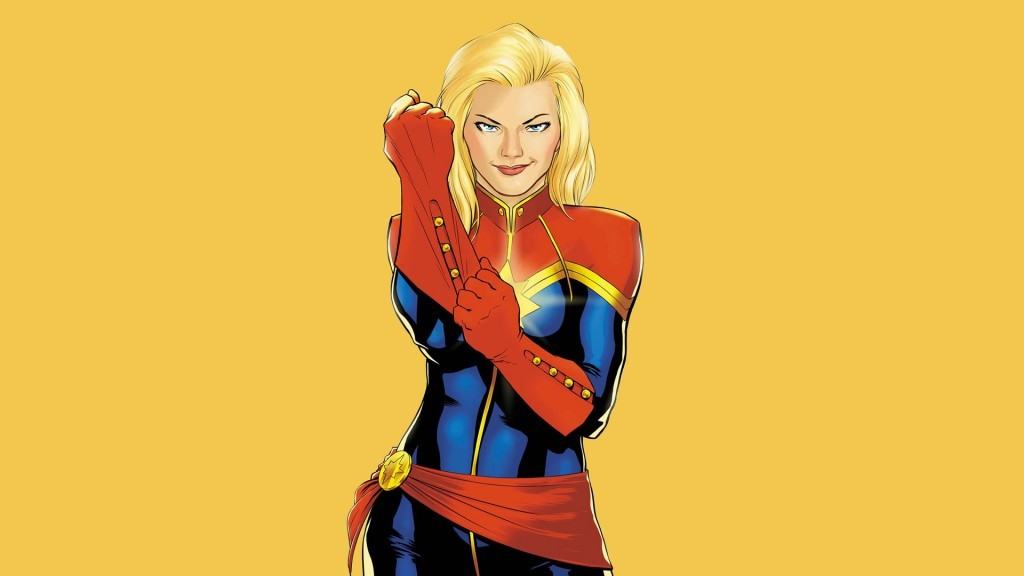
Originally conceived of as an alternate-timeline version of the Avengers (the so-called Ultimate Universe was an attempt, 16 years ago, to retell the beginnings of the Marvel Universe, but to move its setting from the early 1960s to the then-present day), the Ultimates have since crossed over into the mainstream Marvel reality as just one of five(!) different Avengers teams. What separates this new squad from the other, more-established units – which still include the likes of Iron Man, Captain America (both of ‘em), Hawkeye, the new Spider-Man, and the new Thor – is its focus specifically on cosmic threats, such as that hellion Thanos, who is the current overarching nemesis of the Marvel Cinematic Universe (y’know, that big purple guy who’s seen at the end of both of the Avengers films).
Here’s the beauty of the Ultimates franchise as a potential theme for a new attraction (or two): the roster includes a number of characters who are already well-established veterans of Marvel’s world, such as the Human Torch (formerly of the Fantastic Four), Spectrum, Black Panther, and their leader, Captain Marvel. These last two should immediately stand out for movie fans, as they will headline their own solo movies in 2018 and ’19, respectively, after being established in other Marvel installments first (Black Panther was already introduced in this summer’s Captain America: Civil War, while Captain Marvel will debut in 2018’s The Avengers: Infinity War, Part I). And while these two team members alone will future-proof the Marvel Super Hero Island ride for years to come, all the rest are worthy characters to explore or fight alongside, as well, making for a romping theme park adventure as well as a (potentially) long-lived one.
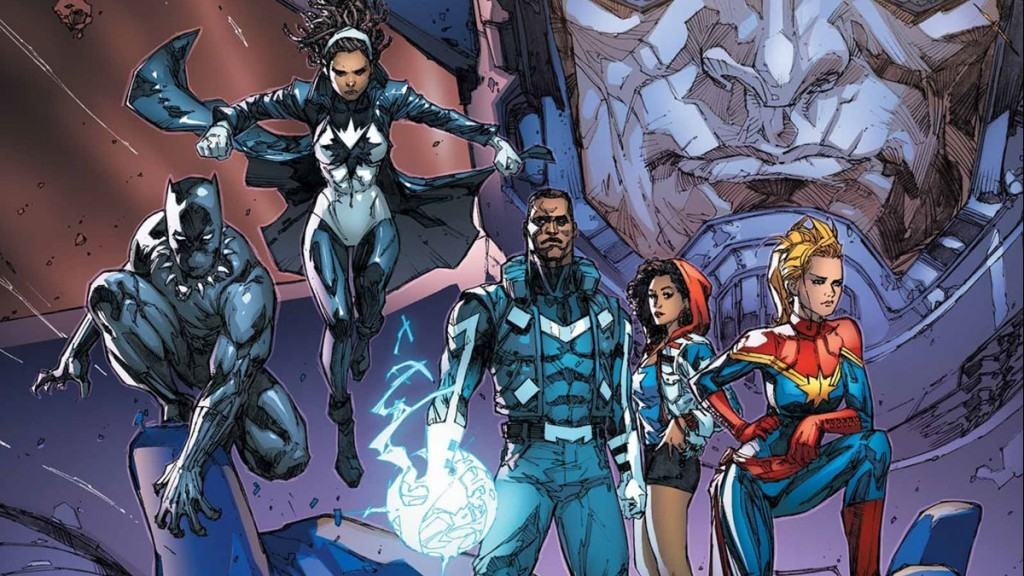
The biggest imaginable baddies in the Marvel Universe? A story that can jump from Earth to the deepest reaches of space – and back? A cast that includes both (soon-to-be) familiar and brand-new faces? It’s hard not to get excited about what could easily become the best ride in all of Universal Orlando.
